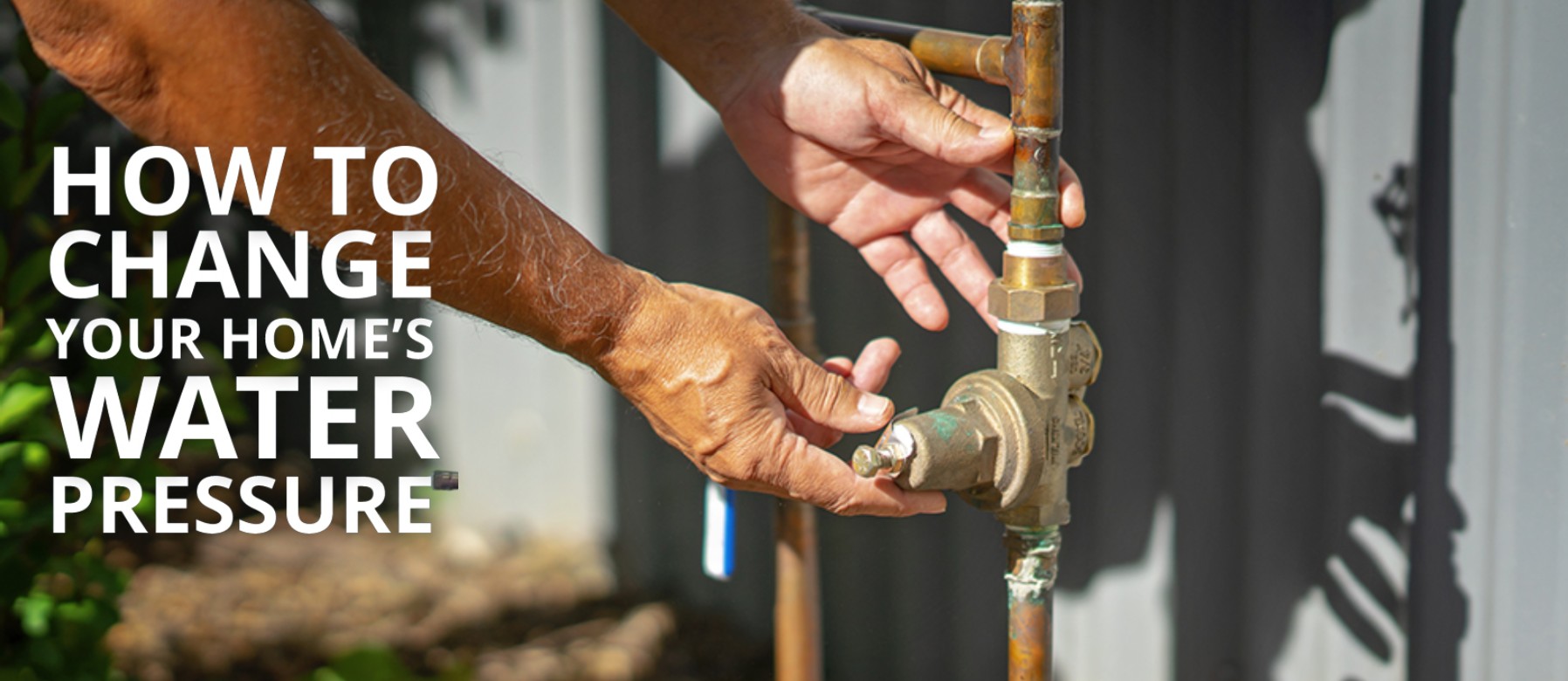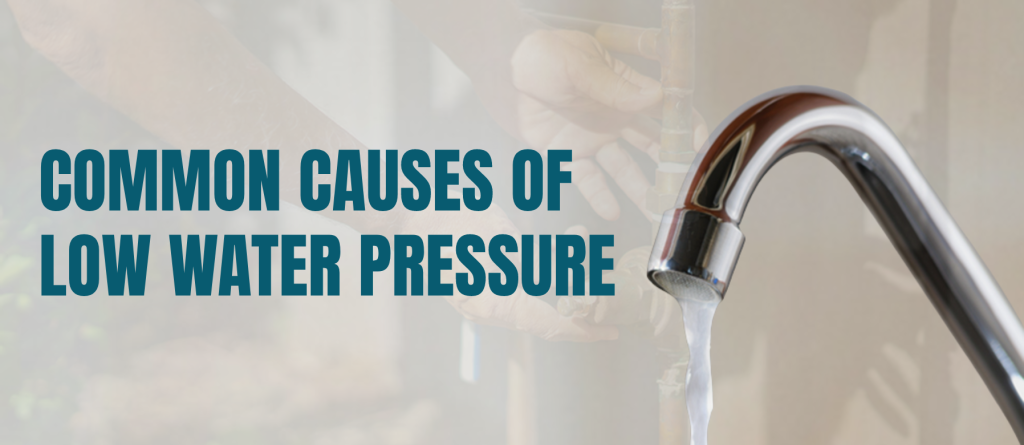
Heat pump water heaters (HPWHs) have gained considerable attention in Australia due to their energy efficiency, cost saving potentials, and […]

Looking to boost the water pressure in your house? Our guide provides simple tips and tricks for increasing water pressure in your home, from checking for leaks to upgrading your plumbing system. Say goodbye to weak showers and slow-filling appliances and hello to strong, consistent water pressure. Read our guide now!
Water pressure is an important characteristic that maintains water flow smoothly and efficiently throughout your home. Low water pressure can be a major inconvenience, resulting in a low water flow that makes it difficult to take showers, wash dishes, and perform other tasks that require a steady flow of water.
If you’re experiencing low water pressure problems in your home, and are frustrated from everyday mundane tasks like showering, washing dishes, and doing laundry, you can resort to the following steps that you can take to increase water pressure in your home.
Also Read: 10 Most Common Electrical Problems In Your Home
This article will highlight the various methods possible to increase water pressure in your home, including simple fixes and more involved solutions.

The first step to solve the issue of low water pressure is by determining the cause of the low pressure. Here are a few common causes:
One of the easiest ways to increase water pressure at home is to install a water pressure booster. The pressure booster increases the pressure of the water entering your home, which is either directly pumped from the city supply or from a well into your home.
This device can dramatically increase the amount of water available at any given time, reducing instances of low water pressure and making it easier to take long, hot showers and perform other tasks that require a steady flow of water.
Low water pressure at home, may also be caused by a malfunctioning pressure regulator. This device is typically located near the main water supply and is responsible for controlling the water pressure.
A malfunctioning pressure regulator may cause a fluctuating water pressure inside the house, resulting in high water pressure that can cause damage to the pipes and fixtures throughout the home.
For this reason, it’s important to find the source of the problem and replace or repair any faulty equipment as soon as possible.
If you’re experiencing low water pressure, one reason might be aging plumbing fixtures, which, over time can become damaged and begin to leak.
This article covers several common causes of low water pressure, including a leaking shower head or faucet. However, the most straightforward solution is simply to replace any worn out or damaged plumbing fixture with a new one from your local hardware store.
Another common cause of low water pressure is a leaky hose. If you’re experiencing a loss of pressure, it could be due to a loose connection in your home that’s not properly holding water due to damage or wear.
This is typically caused by a collapsed hose, loose connection, leaking joint, or even an old age-damaged hose. To repair this problem, you’ll need to do a physical inspection of all connections to locate the coupling that connects the hose to your faucet. If it’s damaged or worn, replace it with a new one.
Another common cause of low water pressure is a worn-out shower head or leaky faucet. Over time, shower heads can become damaged from frequent use and can begin to leak water at an increased rate.
This can cause a loss of pressure throughout the house and can even lead to low water pressure at the point of origin. For this reason, it’s important to inspect your shower head every few months for signs of wear and tear, and for any noticeable leaks.
If your shower head is damaged or worn, it may be best to replace it from your local hardware store.
Many modern homes are equipped with specific devices, including aerators and low-flow shower heads, that are installed with a goal to reduce water use. However, these devices can also lead to significant issues with the home water pressure, since they restrict the flow of water through your plumbing network.
To repair this problem, you could disconnect all water-saving devices and allow the water pressure to return to normal. This can be a temporary solution while you complete your repairs and replacements.
Another common cause of low water pressure is a leaky faucet. It’s important to operate the faucet handle slowly and allow the water pressure to fill your entire house before shutting off the water.
Otherwise, you risk blocking a significant amount of water flow and cause low pressure throughout your home. To repair this problem, simply replace any worn out or damaged faucets with new ones from your local hardware store.
Another common cause of low water pressure is a defective water heater. Over time, water heaters can begin to malfunction and may lose the ability to properly heat water, disturbing the water pressure throughout the house.
For this reason, it’s important to inspect your water heater every few years for signs of wear and tear or damage, and if necessary, replace your water heater with a new one from your local hardware store.
Also Read: How to Light Your Hot Water Heater Pilot Light
Another common cause of low water pressure is a malfunctioning pressure switch. This device is typically located near the main water supply and is responsible for altering the pressure in your home. However, this device can malfunction over time, resulting in low water pressure throughout the house.
For this reason, it’s important to regularly maintain and to adjust your pressure switch every few years (or more frequently if necessary) to ensure that all fixtures are properly receiving the water they need.
If you have a low water pressure issue in your house, it might be caused by a faulty pipe connected to the main water supply. For this reason, it’s important to check all the pipes connected to the main water source for signs of wear or damage.
You may want to consider hiring a plumber to re-install piping throughout your house, in order to significantly reduce low water pressure issues and also reduce the likelihood of unexpected future damages.
Low water pressure may result from a large number of issues with your plumbing system, including worn-out plumbing fixtures, a malfunctioning pressure regulator, a faulty hose or shower head, or even problems with your main water supply.
However, there are several steps to take that will help you increase the water pressure, including simple inspections and adjustments, installing a booster pump, and repiping.
Additionally, regular maintenance and cleaning can help maintain proper water pressure. If you are unsure how to proceed, consider consulting with a professional plumber to determine the best course of action.